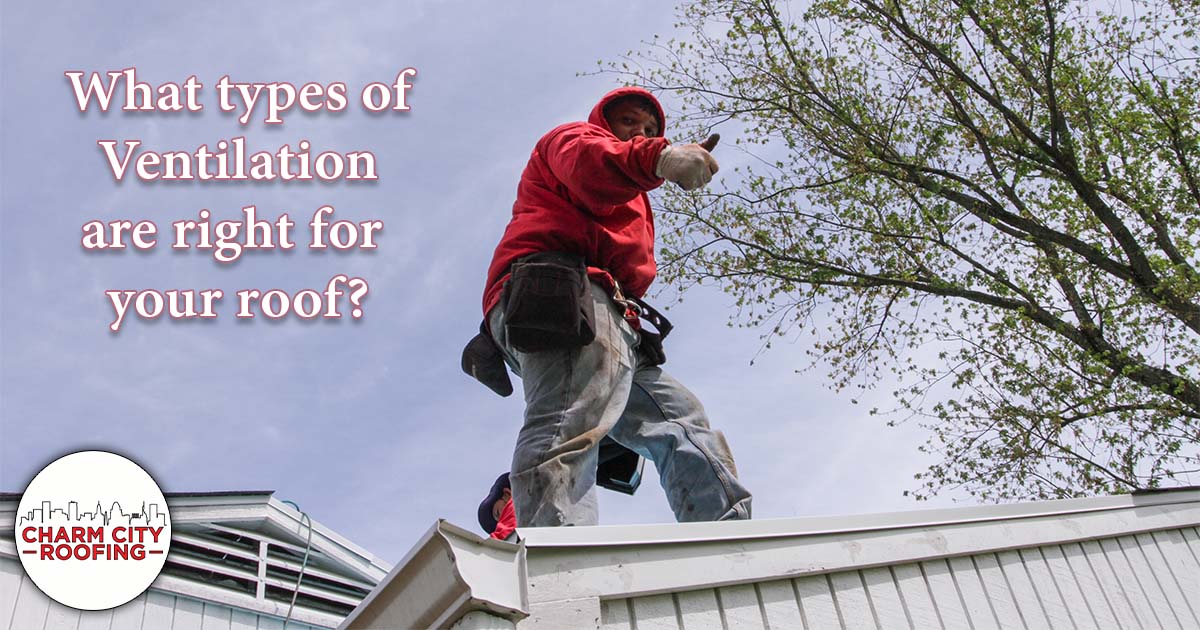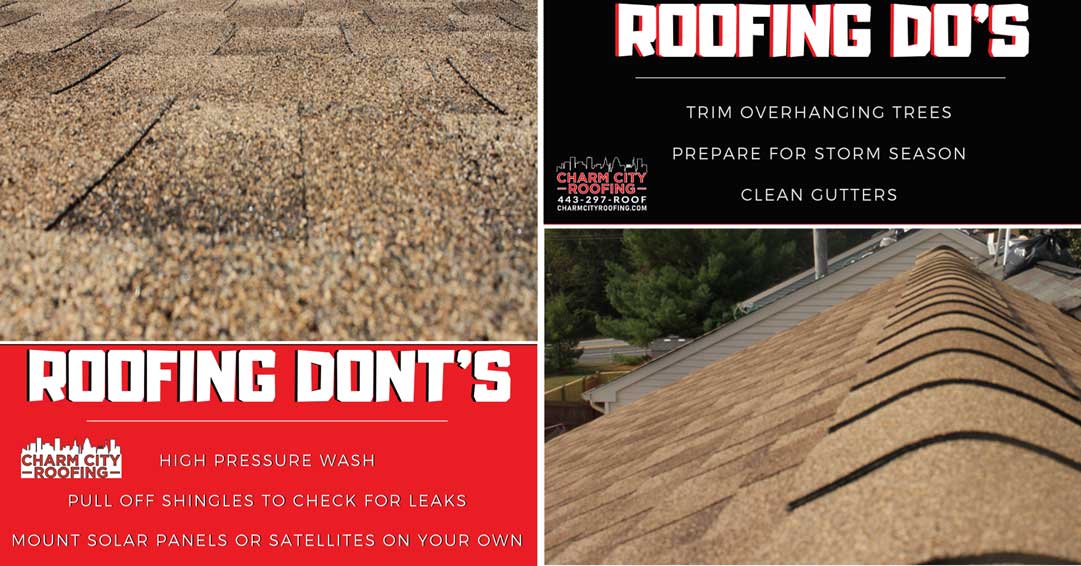
Roof Ventilation: What’s Best For Your Roof?
WHICH IS THE BEST TYPE OF VENTILATION FOR YOUR ROOF?
Contrary to popular belief, roofs don’t just sit around keeping the rain out. Under the surface, there’s a whole host of components that work together to keep your home warm and dry. And, like any ecosystem, environmental conditions have a key role to play. When it comes to your roof, nothing has a bigger environmental impact than the ventilation system.
Most homeowners don’t appreciate the importance of adequate attic ventilation. But a poor ventilation system can have disastrous effects on your roof. Every component of your roof’s ecosystem suffers, from the supportive wooden decking to the shingle layer on top. Have you noticed cracked or curling shingles in recent months? Do huge icicles always dangle from your eaves, even when your neighbors are ice-free? Have you seen signs of mold and rot in your attic? If so, your ventilation might be letting you down.
What is roof ventilation and why is it important?
It’s probably happened to you. A quick trip to the attic for a box of Christmas decorations turns into a sweaty dig through a mountain of cardboard. By the time you make your way back downstairs with your tinsel, you find yourself wondering, “Why is it so hot up there?”
Excessive attic heat is a common problem, and it affects more than just your comfort.
As hot air rises, it accumulates in the highest parts of your house. The result? Attics everywhere fill up with warm, humid air that causes damage to many elements of your home— including your roof. Hot attics deteriorate asphalt shingles, create ice dams, and facilitate mold growth and rot.
A functional ventilation system provides an escape for hot air and draws colder, drier air in from the outside. This extends the roof’s life, stops mold in its tracks, and, of course, makes finding holiday decorations more comfortable.
What are the different types of roof ventilation?
To work at its fullest capacity, a ventilation system needs both an intake and exhaust. The exhaust provides a way for humid air to escape, while the intake allows cool air to enter the attic.
Intake vents
The purpose of intake vents is right there in the name. They draw cool air in, replacing the hot air that is (hopefully) being expelled by their counterparts, the exhaust vents. It’s important that intake vents be as low on the roof as possible. Intake vents placed too high on the roof won’t be able to supply fresh air as efficiently. In some cases, they can become entirely useless and actually impede the ventilation process. There are two main types of intake ports to consider for your home.
Soffit vents.
Soffit vents, also called under-eave vents, face downward just under the lip of your roof. As hot air escapes through exhaust ports placed high on the roof, these low-lying vents draw in cool air. This promotes one-directional airflow in attics, which raises the quality of the ventilation and prevents heat build-up. Only certain types of roofs are able to accommodate soffit vents, however.

New under-eave soffit intake vents are installed to help draw cool, dry air into the attic
Rooftop vents.
Not all roof types are right for soffit vents. In these cases, rooftop vents are an excellent alternative. These intake vents are set up on the rooftop itself. They perform all the same functions as soffit vents, but from a different location. Rooftop vents can work just as well as undereave vents, as long as they’re placed low enough on the roof.
Exhaust vents
Unlike intake vents, exhaust vents should be placed as high on the roof as possible. The purpose of exhaust vents is to allow hot air to rise unencumbered and, eventually, dissipate outside. As such, they’re usually placed on roof ridges, peaks, and other places where hot air will naturally accumulate.
Roof ridge vents.
Roof ridge vents are incredibly common, and a great way to allow hot air to smoothly escape your attic space. These vents are placed along the highest part of a roof to maximize exhaust efficiency. Ridge vents are passive, meaning they don’t use fans or moving parts. The hot air does all the work on its own!

This roof ridge is covered by GAF Cobra permeable roof ventilation system to help hot air escape and keep water out
Hip vents.
Hip vents are a close cousin of the ridge vent, placed on a slightly different part of the roof. A roof’s hips usually aren’t as lofty as its ridge. Nonetheless, these static vents will do an excellent job of funneling hot air up and out of your attic.
Roof louvers.
These static vents sit on top of your shingle layer and provide additional routes for moist air to leave your home. Easily mounted and versatile, you can put a roof louver almost anywhere!
Powered vents.
Some attics need a little extra help expelling that harmful hot air. In these cases, powered vents are an excellent option for homeowners. Fans and turbines keep air moving along at all times, ensuring a dry, cool attic.
The Bottom Line
Homeowners looking to improve their roof’s ventilation have a range of options at their disposal. The type of ventilation best suited to you will depend on a host of factors. Roof shape, roofing materials, and the layout of your attic will all have a role to play in determining your ideal ventilation set up. In most cases, however, the simplest solution is the best! A tried and tested combination of soffit intake vents and roof ridge exhausts will work excellently for most homeowners. Talk with a contractor today to figure out which configuration is best for you!
Author: Wilden McIntosh-Round



